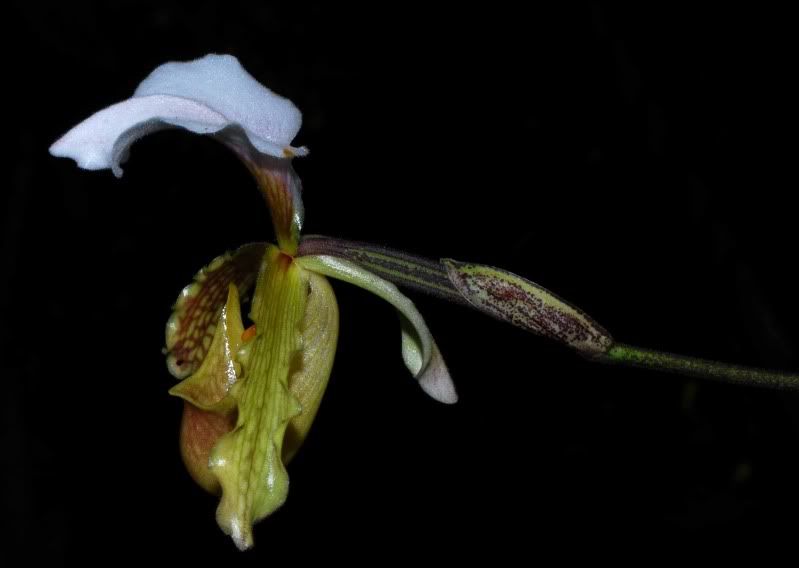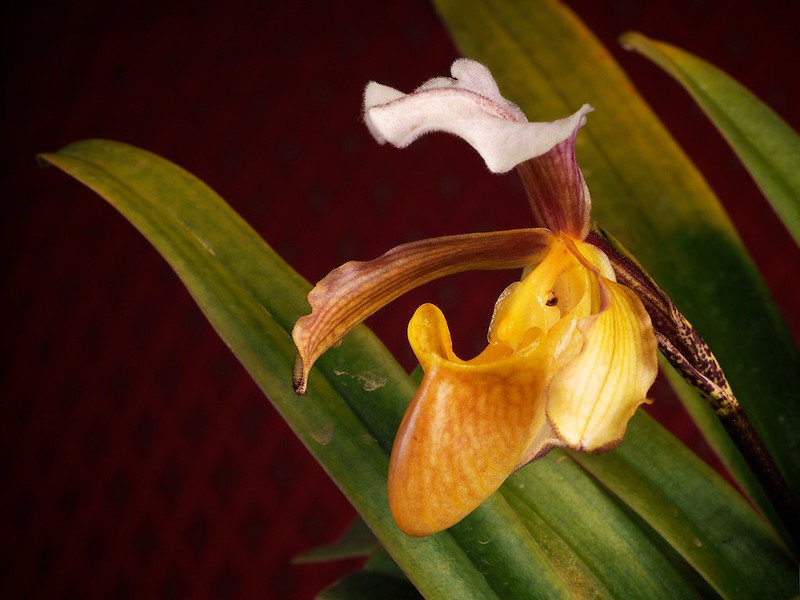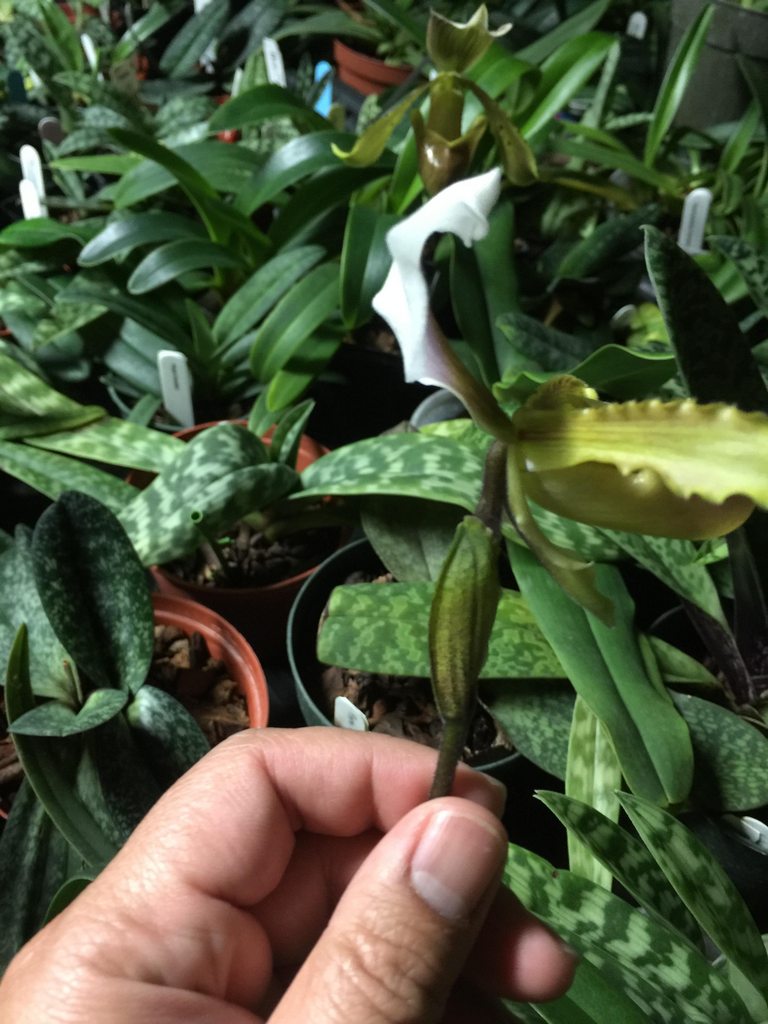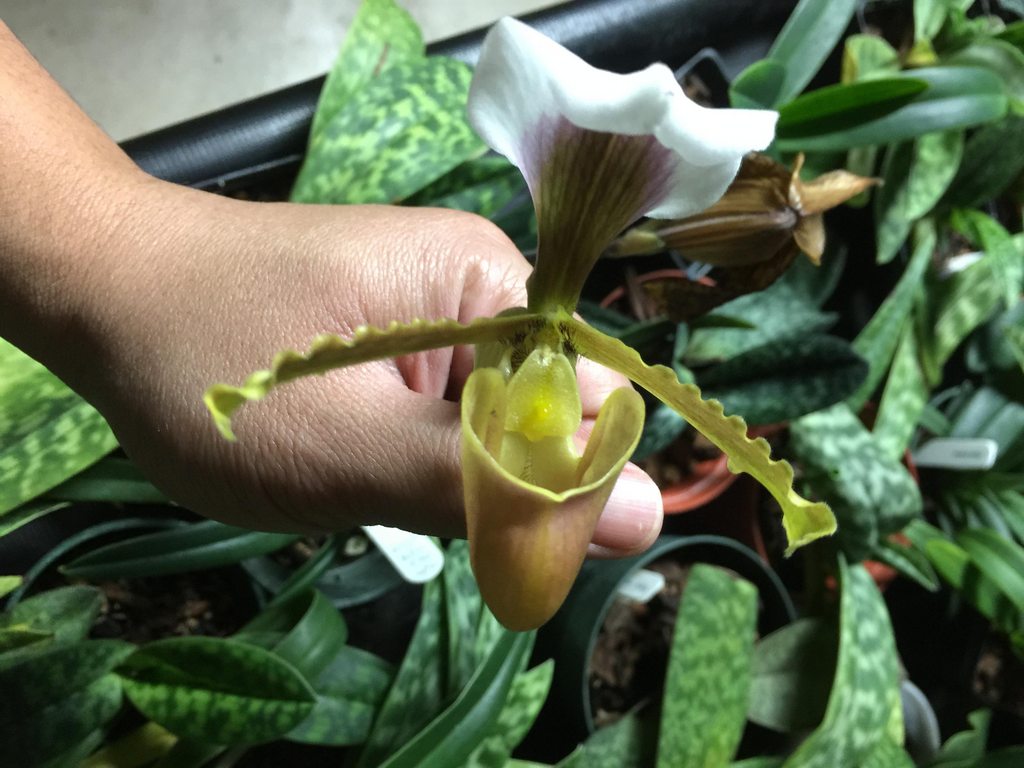This is interesting plant. Its mislabeled as herrmanii. Obviously its not, more like coccineum or vejvarutianum. I think its more like vejvarutianum because of the plant size.
What do you guys think?
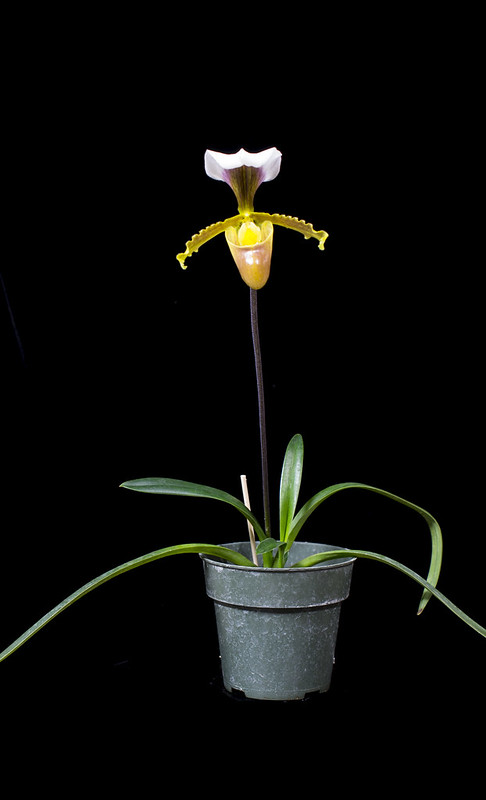
Paph. vejvarutianum by paphioman, on Flickr
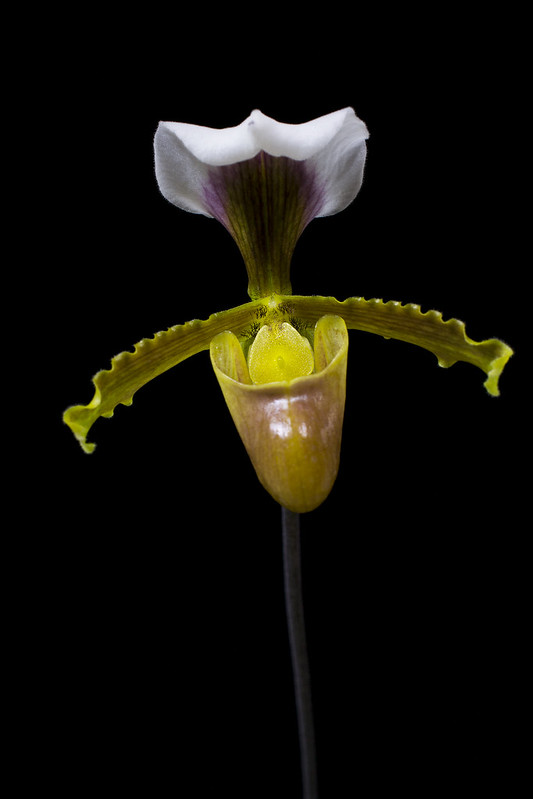
Paph. vejvarutianum by paphioman, on Flickr
What do you guys think?

Paph. vejvarutianum by paphioman, on Flickr

Paph. vejvarutianum by paphioman, on Flickr




